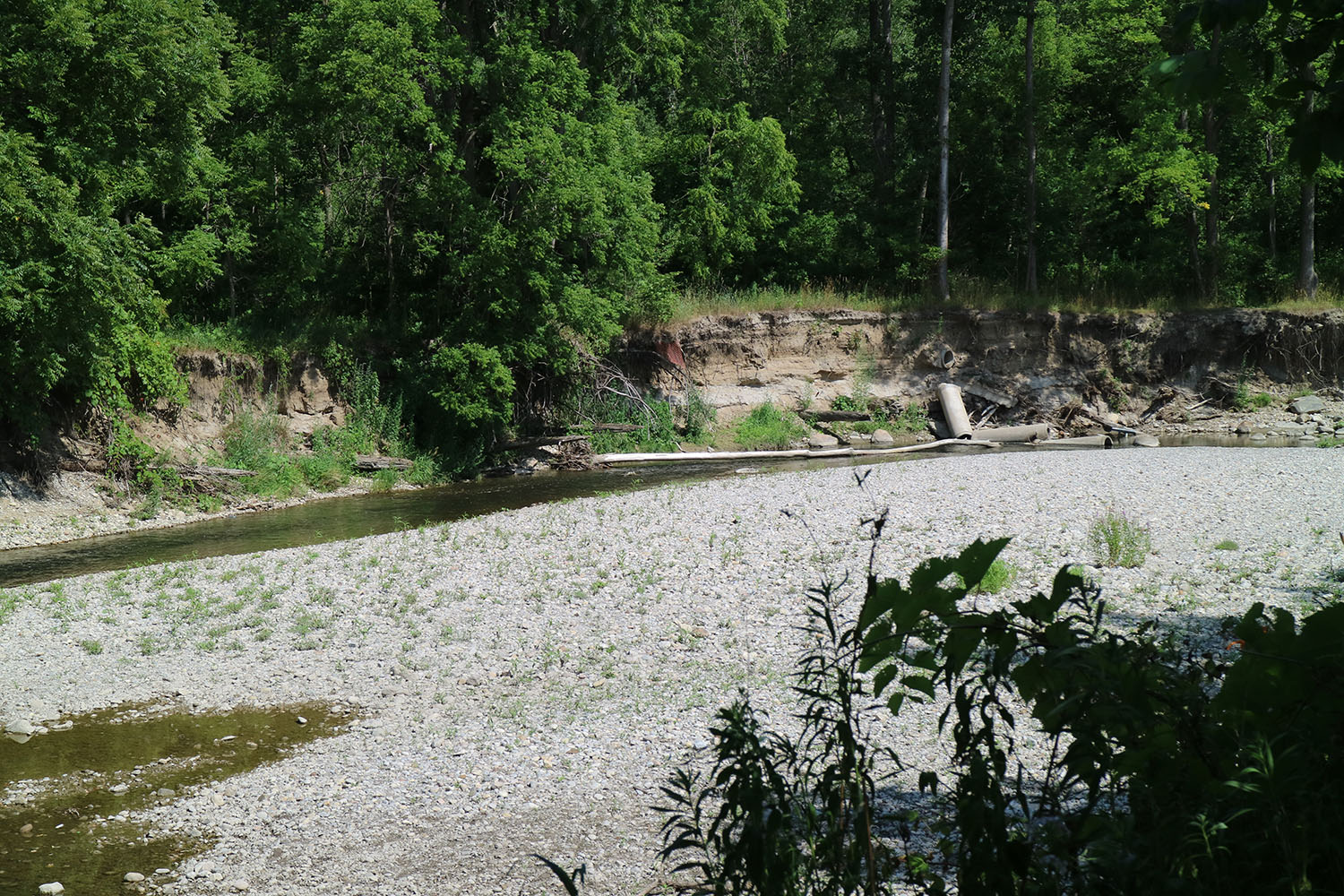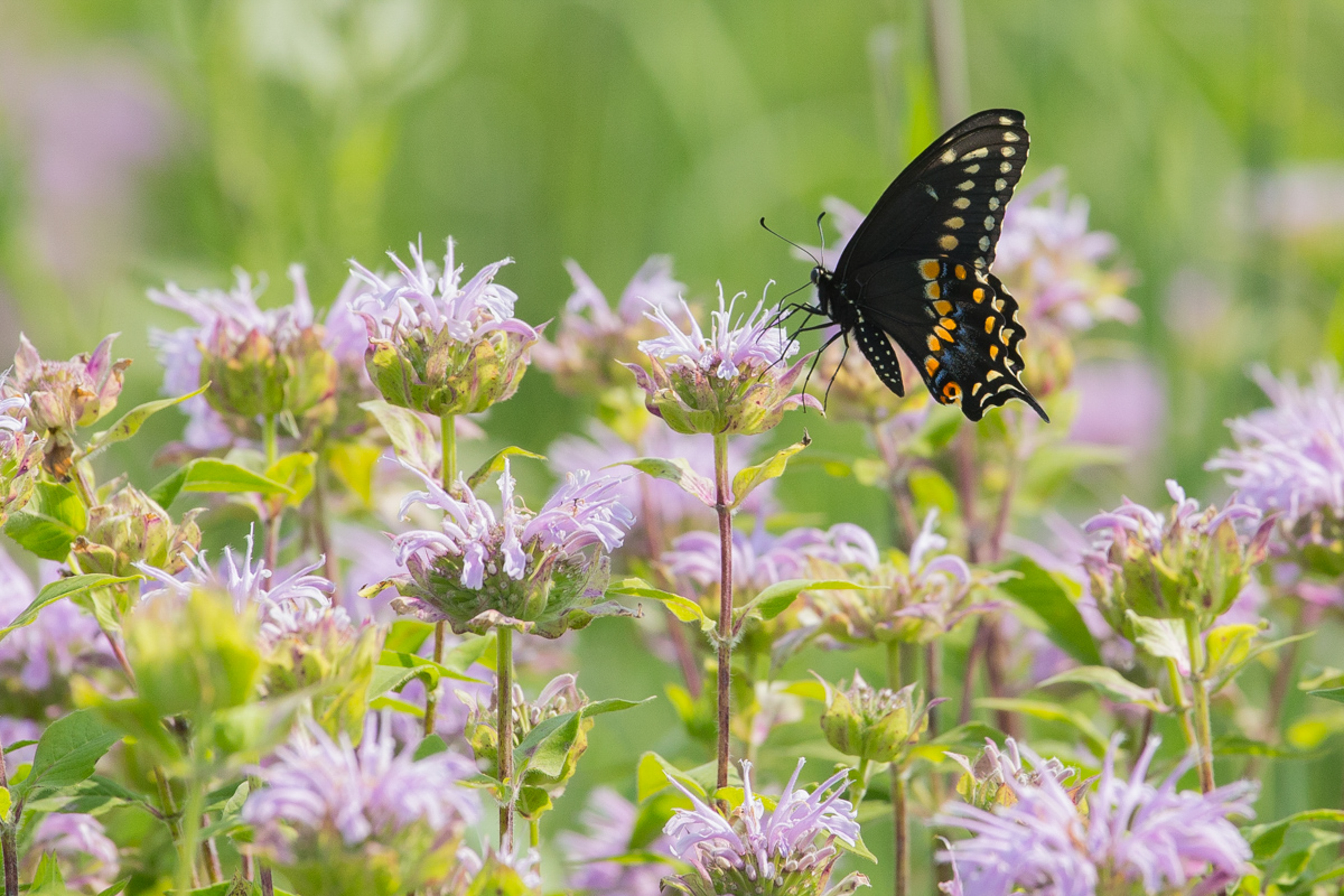The Highland Creek watershed is a largely urbanized landscape. Reducing negative impacts from urban stormwater runoff and restoring natural features are key challenges that TRCA, its partners and residents of the watershed are working to address.
As one of the most developed watersheds in Toronto region, Highland Creek has a high proportion of paved, impermeable surfaces, such as roads, parking lots and roofs. During heavy rainfalls, the high volume and velocity of water can cause impacts such as erosion, flooding and damage to terrestrial habitat. Runoff also carries untreated pollutants – everything from garbage, oil and gas, fertilizers and pesticides – directly into our watercourses.
Urban Stormwater Management

The Highland Creek watershed has very little stormwater control for improving water quality. Approximately 9% of the watershed has stormwater management controls. The highest level of controls can be found in the upper portions of the watershed (in the City of Markham) and within the Centennial Creek subwatershed (City of Toronto).
Loss and Fragmentation of Natural Habitat

Today, only 11.4% of the landscape remains as natural cover, one of the lowest percentages compared with other watershed‘s in TRCA’s jurisdiction.
The remaining natural cover is unevenly distributed across the watershed, found mostly in the lower reaches. These areas are associated with steep ravines in the east and tributaries in the west. Only 15% of the remaining natural cover is located within the heavily urbanized area north of Highway 401.
The loss and uneven of natural cover across the watershed results in reduced opportunities to support species populations; poor links between habitats (i.e., between the lower and upper reaches of the watershed and between neighboring watersheds); and uneven provision of ecosystem services to residents.
